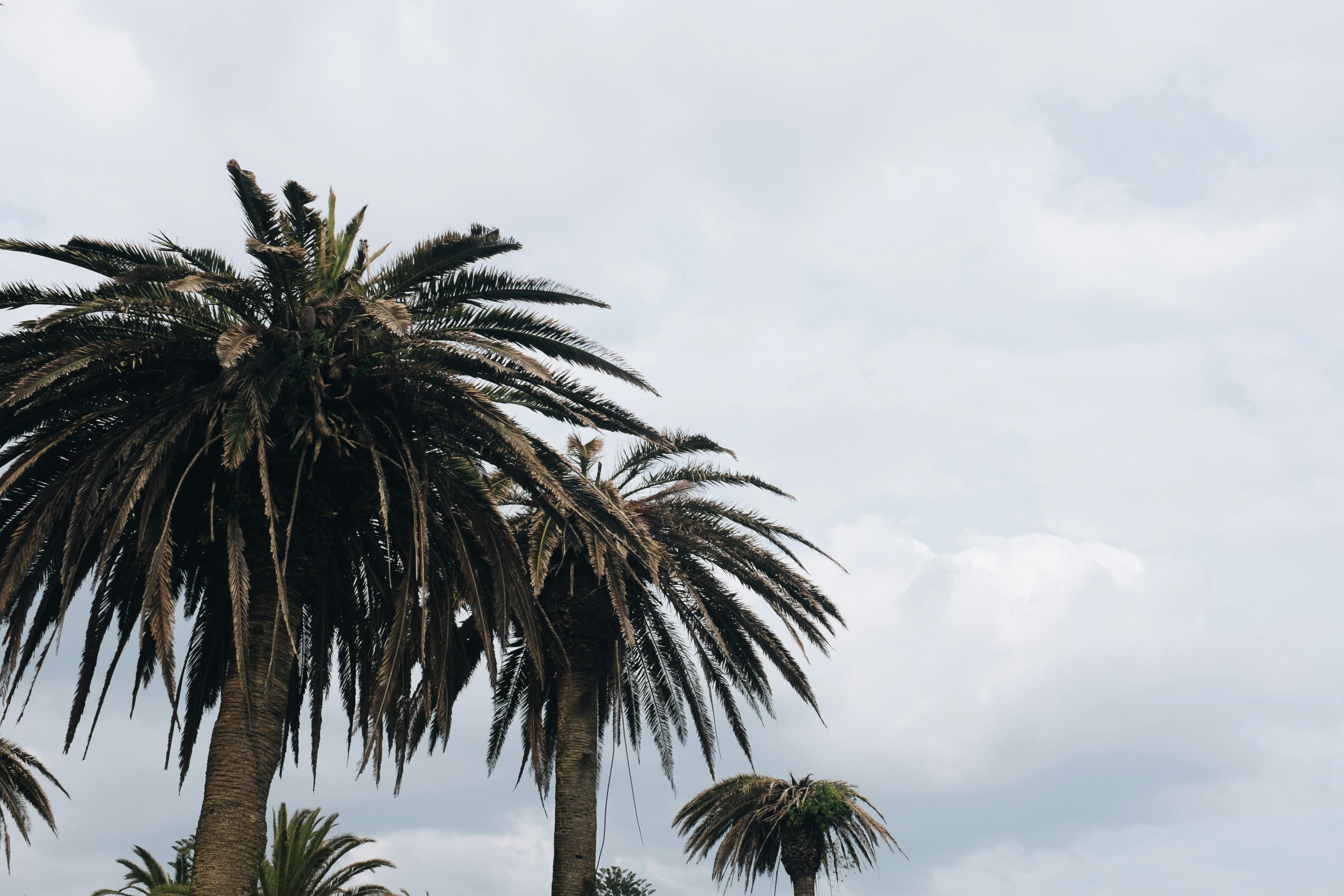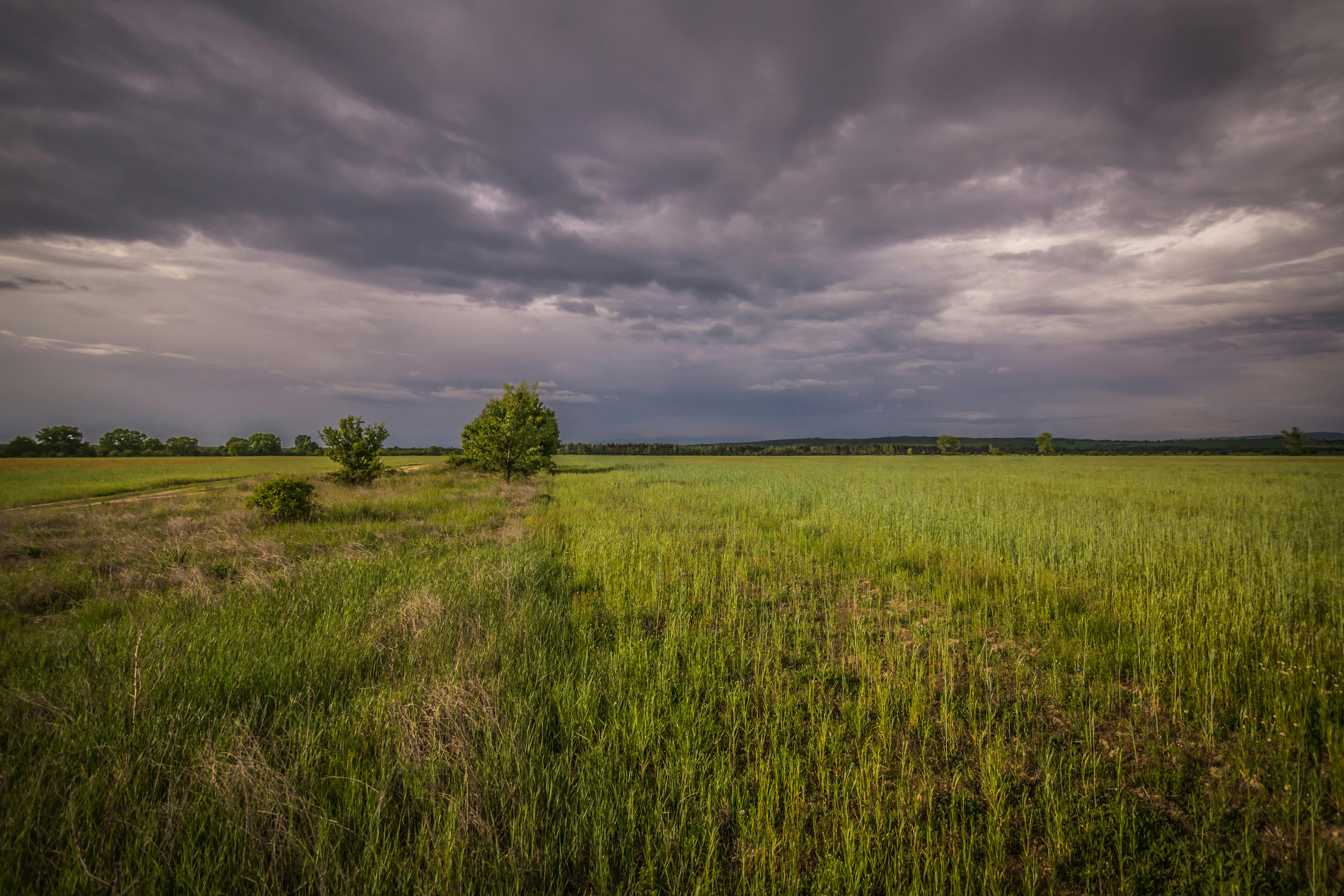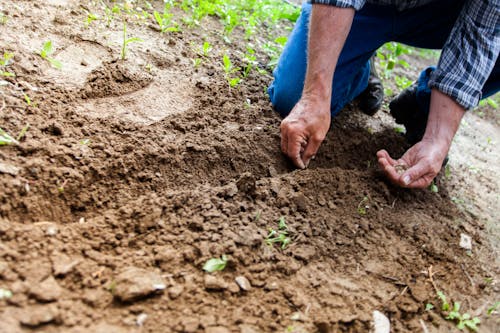Why is my Majesty Palm turning brown and yellow?
If you’re a plant enthusiast, you may have encountered the disheartening sight of your Majesty Palm displaying unsightly brown and yellow leaves. This phenomenon can be distressing, especially if you’ve put effort into nurturing your green companion. However, fear not, as understanding the reasons behind this issue is the first step towards nursing your Majesty Palm back to health.
Introduction

Majesty palms, scientifically known as Ravenea rivularis, are popular ornamental plants prized for their graceful fronds and tropical charm. Originating from Madagascar, these palms have found their way into many households, adding a touch of exotic elegance to indoor spaces.
Understanding the Issue
Majesty Palms turning brown and yellow is a common problem faced by plant owners, often indicating underlying issues with their care. To effectively address this concern, it’s essential to delve into the potential causes behind the discoloration.
Insufficient Water and Overwatering
One of the primary culprits behind browning and yellowing Majesty Palm leaves is water-related issues. Both insufficient watering and overwatering can wreak havoc on the plant’s health, manifesting in different symptoms.
When Majesty Palms don’t receive adequate water, their leaves may turn yellow and crispy, indicating dehydration. On the other hand, overzealous watering can lead to root rot, characterized by brown, mushy roots and yellowing fronds.
To maintain optimal moisture levels, it’s crucial to strike a balance between underwatering and overwatering. Allow the top inch of soil to dry out before watering again, ensuring proper drainage to prevent waterlogged roots.
Lighting Issues
Inadequate or excessive light exposure can also contribute to Majestic Palm discoloration. These plants thrive in bright, indirect light, mimicking their natural habitat under the canopy of taller trees. Insufficient light can cause the leaves to lose their vibrant green hue and turn yellowish. Conversely, prolonged exposure to direct sunlight can scorch the leaves, resulting in brown patches.
Identifying the plant’s lighting needs and adjusting its placement accordingly can help alleviate this issue. Position the Majesty Palm near a window where it can receive filtered sunlight or use sheer curtains to diffuse intense rays.
Temperature Stress

Majesty Palms are sensitive to temperature fluctuations, particularly extreme cold or heat. Exposure to drafts or chilly conditions can cause leaf browning and yellowing, signaling stress.
Similarly, excessive heat can lead to sunburn, causing the foliage to develop brown spots or scorched edges. To prevent temperature-related stress, avoid placing the plant near drafty windows or heating vents. Maintain a consistent room temperature between 65-80°F (18-27°C) and shield the plant from direct exposure to heating or cooling sources.
Soil Problems
The soil composition plays a vital role in the health of Majesty Palms. These plants prefer well-draining soil with a slightly acidic to neutral pH. Compacted or poorly-draining soil can lead to waterlogged roots and subsequent root rot, contributing to leaf discoloration.
Regularly check the soil moisture levels and ensure adequate drainage to prevent waterlogging. Consider repotting the Majesty Palm using a well-draining potting mix, incorporating perlite or sand to improve aeration.
Nutritional Deficiencies
Like any living organism, Majesty Palms require essential nutrients to thrive. Deficiencies in key nutrients such as nitrogen, potassium, or magnesium can manifest as yellowing or browning of the leaves.
Symptoms may vary depending on the specific nutrient lacking, but common signs include yellowing of older leaves, stunted growth, and leaf tip burn. To address nutritional imbalances, consider fertilizing the plant with a balanced, water-soluble fertilizer formulated for palms. Follow the manufacturer’s instructions carefully to avoid over-fertilization, which can cause fertilizer burn.
Pest Infestation
Pests can also contribute to Majesty Palm discoloration if left unchecked. Common pests such as spider mites, mealybugs, or scale insects can feed on the plant’s sap, weakening its vitality and causing leaf yellowing or browning.
Inspect the plant regularly for signs of pest infestation, including webbing, sticky residue, or tiny crawling insects. Treat affected plants promptly using insecticidal soap or neem oil, ensuring thorough coverage of both the upper and lower leaf surfaces.
Root Rot
Root rot is a serious condition that can affect Majesty Palms, often resulting from overwatering or poorly-draining soil. As the roots suffocate and decay, the plant’s ability to absorb water and nutrients is compromised, leading to yellowing or browning of the foliage.
To prevent root rot, ensure proper drainage by using well-draining soil and pots with drainage holes. Allow the soil to dry out slightly between waterings and refrain from overwatering.
Transplant Shock
Transplanting can induce stress in Majesty Palms, causing temporary yellowing or browning of the leaves. This phenomenon, known as transplant shock, occurs when the plant undergoes a sudden change in its environment or root disturbance.
Minimize transplant shock by carefully transplanting the Majesty Palm into a slightly larger pot with fresh, well-draining soil. Water the plant thoroughly after transplanting and provide adequate care to support its recovery.
Overcrowding and Pot Size

Overcrowding and inappropriate pot sizes can hinder the Majesty Palm’s growth and lead to leaf discoloration. When confined to a small pot or crowded with other plants, the roots may become constricted, affecting nutrient uptake and water absorption.
Select a pot that provides ample space for root growth and allows for proper drainage. Repot the Majesty Palm as needed, ensuring sufficient room for the roots to spread out and thrive.
Air Humidity Levels
Majesty Palms thrive in high humidity environments, reminiscent of their native tropical habitat. Low humidity levels can cause the leaves to dry out and turn brown at the tips or edges, signaling inadequate moisture.
Increase humidity around the plant by misting the leaves regularly or placing a humidity tray filled with water and pebbles beneath the pot. Alternatively, use a room humidifier to maintain optimal moisture levels, especially during the dry winter months.
Pruning and Grooming
Regular pruning and grooming are essential for maintaining the health and appearance of Majesty Palms. Remove any dead, yellowing, or damaged fronds to promote new growth and prevent the spread of diseases.
When pruning, use sharp, clean shears to make precise cuts at an angle, avoiding damage to the remaining foliage. Groom the plant by gently wiping the leaves with a damp cloth to remove dust and debris, allowing for better light absorption.
Propagation Tips
For those looking to expand their Majesty Palm collection, propagation offers an exciting opportunity to grow new plants from existing ones. While Majesty Palms primarily propagate through seeds, it’s also possible to propagate them through division or offshoots.
To propagate from seeds, collect ripe seeds from mature fruits and plant them in a well-draining potting mix. Keep the soil consistently moist and provide warm temperatures to encourage germination.
Alternatively, divide mature plants by carefully separating the offshoots or dividing the root ball into smaller sections. Plant the divisions in individual pots filled with fresh potting mix and provide optimal growing conditions to support their establishment.
Conclusion
The sight of a Majesty Palm turning brown and yellow can be concerning for plant owners, but with proper care and attention, it’s possible to revive the plant’s health and vitality. By addressing common issues such as water imbalance, lighting problems, and nutrient deficiencies, you can ensure your Majesty Palm thrives in its indoor environment.
Remember to monitor the plant regularly, provide adequate moisture and light, and address any signs of distress promptly. With patience and diligence, you can enjoy the lush beauty of your Majesty Palm for years to come.
FAQs
1. How often should I water my Majesty Palm?
- Water your Majesty Palm when the top inch of soil feels dry, typically every 1-2 weeks. Adjust watering frequency based on environmental conditions and the plant’s individual needs.
2. What are some signs of overwatering in Majesty Palms?
- Signs of overwatering include yellowing or browning of the leaves, mushy or discolored roots, and a foul odor emanating from the soil.
3. Can Majesty Palms tolerate low light conditions?
- While Majesty Palms prefer bright, indirect light, they can tolerate moderate to low light conditions. However, prolonged exposure to low light may result in leggy growth and reduced vitality.
4. How can I improve the humidity around my Majesty Palm?
- Increase humidity by misting the leaves regularly, placing a humidity tray filled with water and pebbles beneath the pot, or using a room humidifier.
5. Is it normal for Majesty Palms to shed leaves?
- Yes, it’s normal for Majesty Palms to shed older or damaged leaves periodically. However, excessive leaf shedding may indicate underlying issues such as stress or inadequate care.



